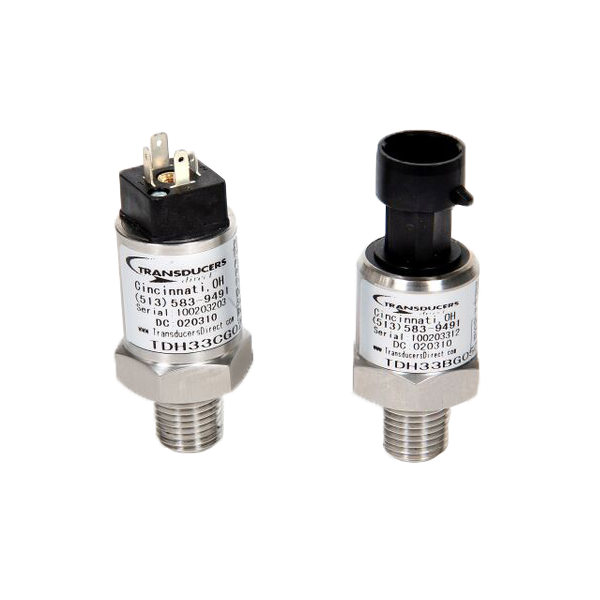What’s the Difference Between a Pressure Transducer and a Pressure Switch?
 Are pressure sensors, pressure transducers, and pressure transmitters interchangeable terms? When looking for a device to use for pressure there are many different terms that you will come across.
Are pressure sensors, pressure transducers, and pressure transmitters interchangeable terms? When looking for a device to use for pressure there are many different terms that you will come across.
Pressure transducers and pressure switches are often confused as similar devices, however, they are functionally different. While both are used in pressure measurement applications, pressure transducers provide a continuous output, typically connected to a controller, which monitors and performs actions based upon the pressure within the system. A pressure switch is a simpler device that does not provide a continuous output. Instead, it’s an on/off device functionally similar to a light switch. A pressure switch is set up to open or close a circuit based upon the pressure in a system rising or falling to a preset threshold.
Fundamentally, pressure transducers and pressure transmitters are both pressure sensors. The term sensor is often used generically to describe any device that measures a physical property and provides an output. Pressure sensors detect a force, in this case, pressure, and turn that into a continuous output signal. That signal is relative to the strength of the pressure being exerted and the type of output signal is what determines if the device is a pressure transducer or pressure transmitter.
A pressure transducer converts the physical force of pressure into a continuous voltage output (V). The DC voltage output is typically amplified into industry-standard outputs such as 0-5V or 0-10V. Pressure transducers can also provide unamplified millivolt outputs (mV) which offer higher frequency response and lower power consumption but are also more susceptible to electrical noise.
A pressure transmitter, on the other hand, converts the physical force of pressure into a current output, expressed in millamps (mA). The industry-standard output for pressure transmitters is 4-20mA. Pressure transmitters are common in industrial applications and work well in applications where the output signal is transmitted through long cable runs or where a “live zero” is required.
WHAT IS A LIVE ZERO
A “live zero” provides the ability to know that the pressure sensor (or depending on the application, the entire system) is operating at zero pressure. Common examples of a live zero are 4-20mA and 1-5V, both of which provide a measurable output at zero pressure. Sensors without a live zero, outputs such as 0-5V or 0-20mA, don’t provide a measurable output at zero pressure so the user doesn’t know if the pressure is truly zero or if the sensor/system has failed.



Leave A Comment